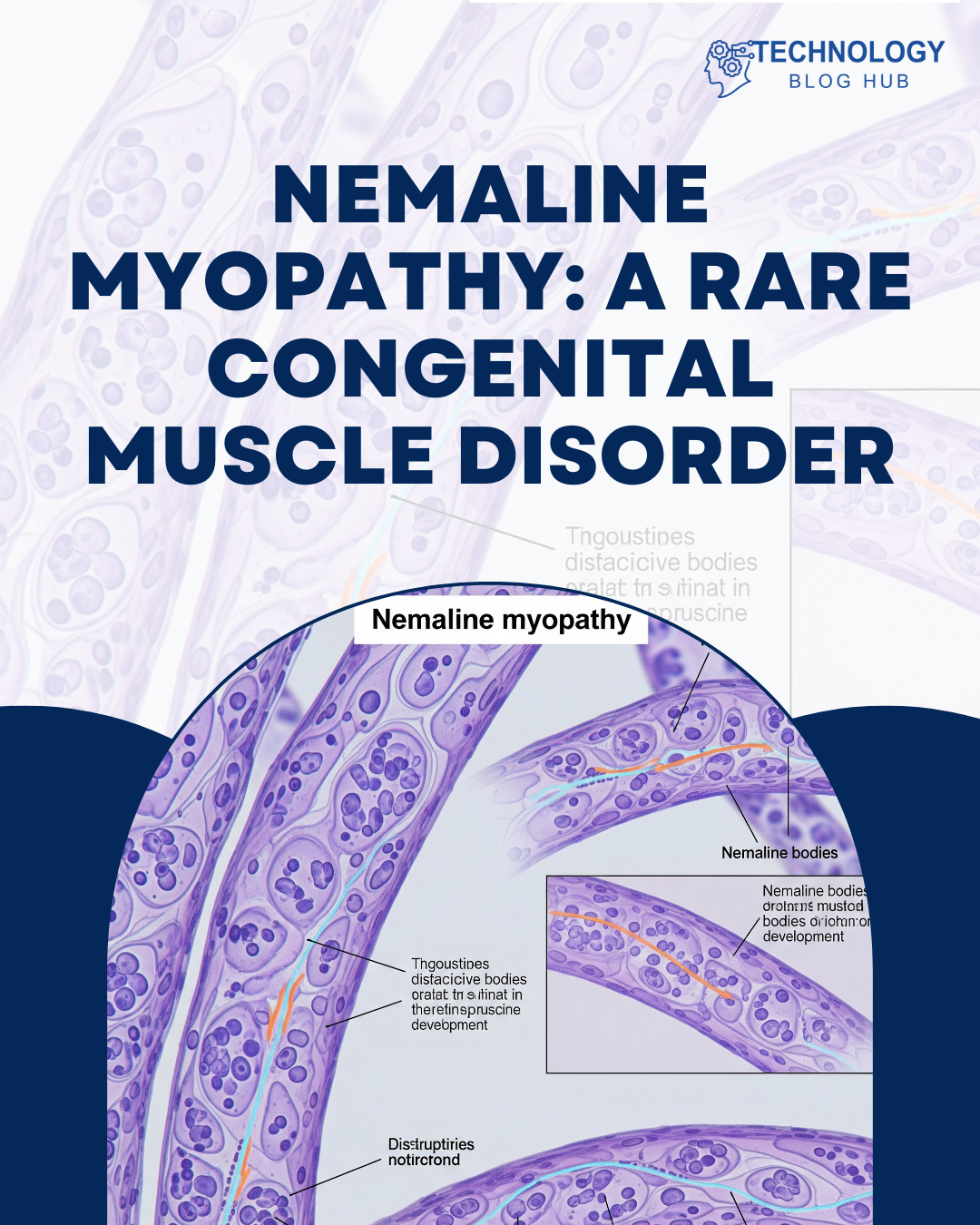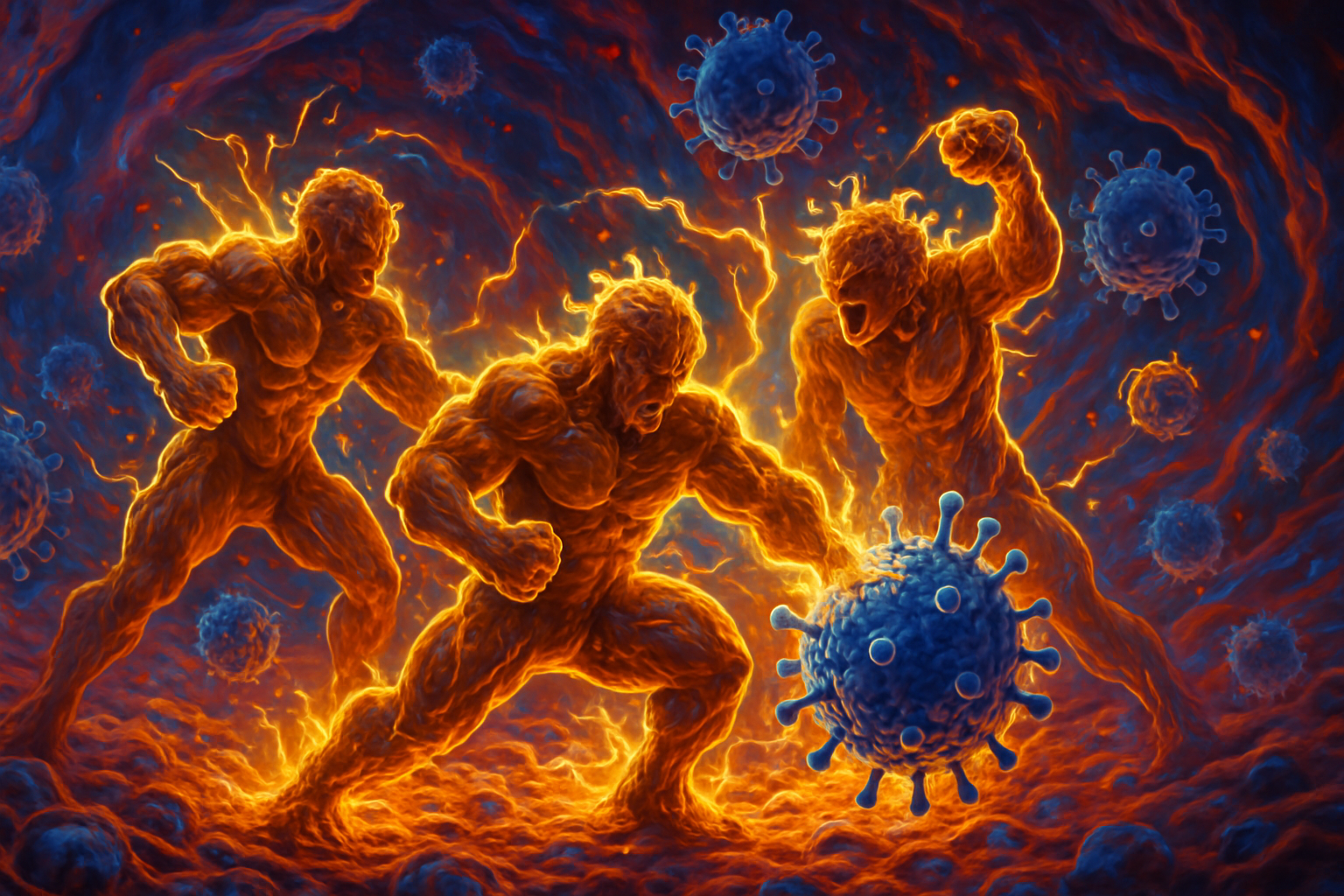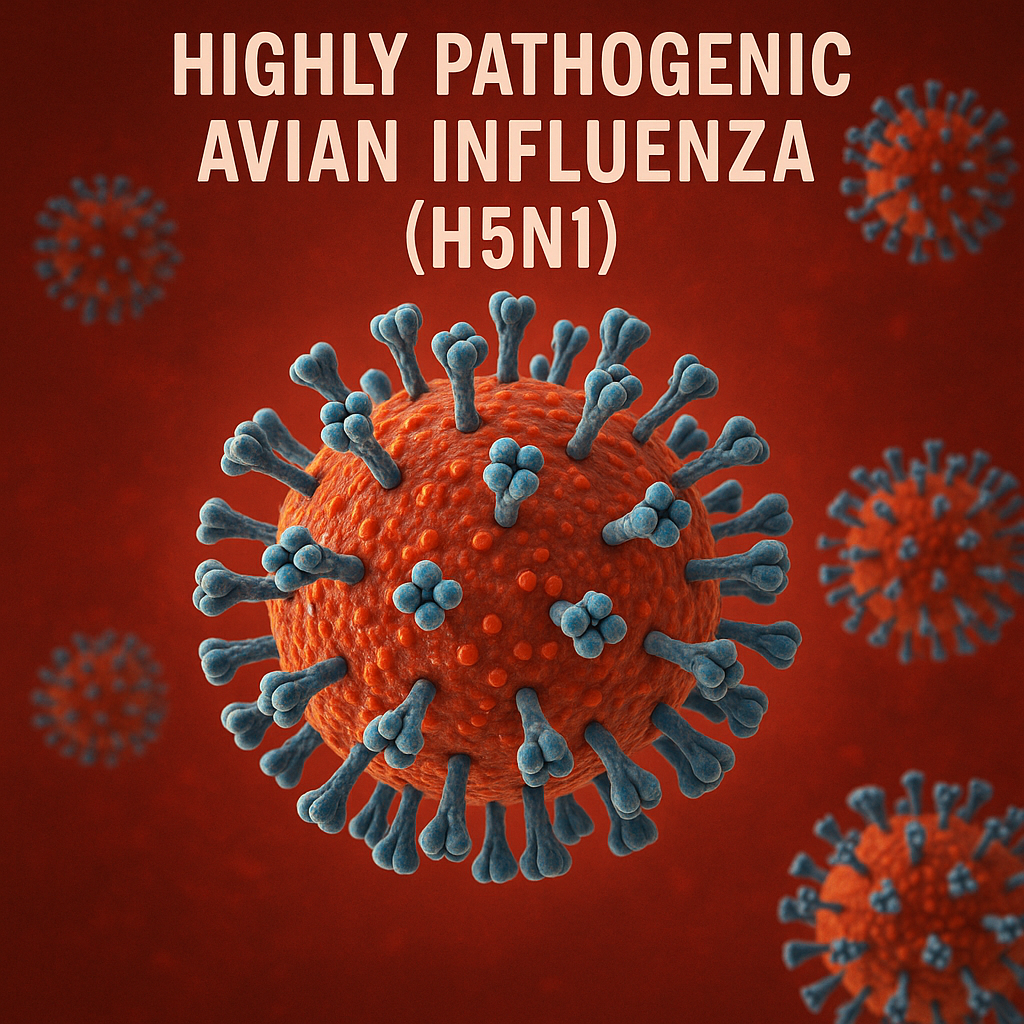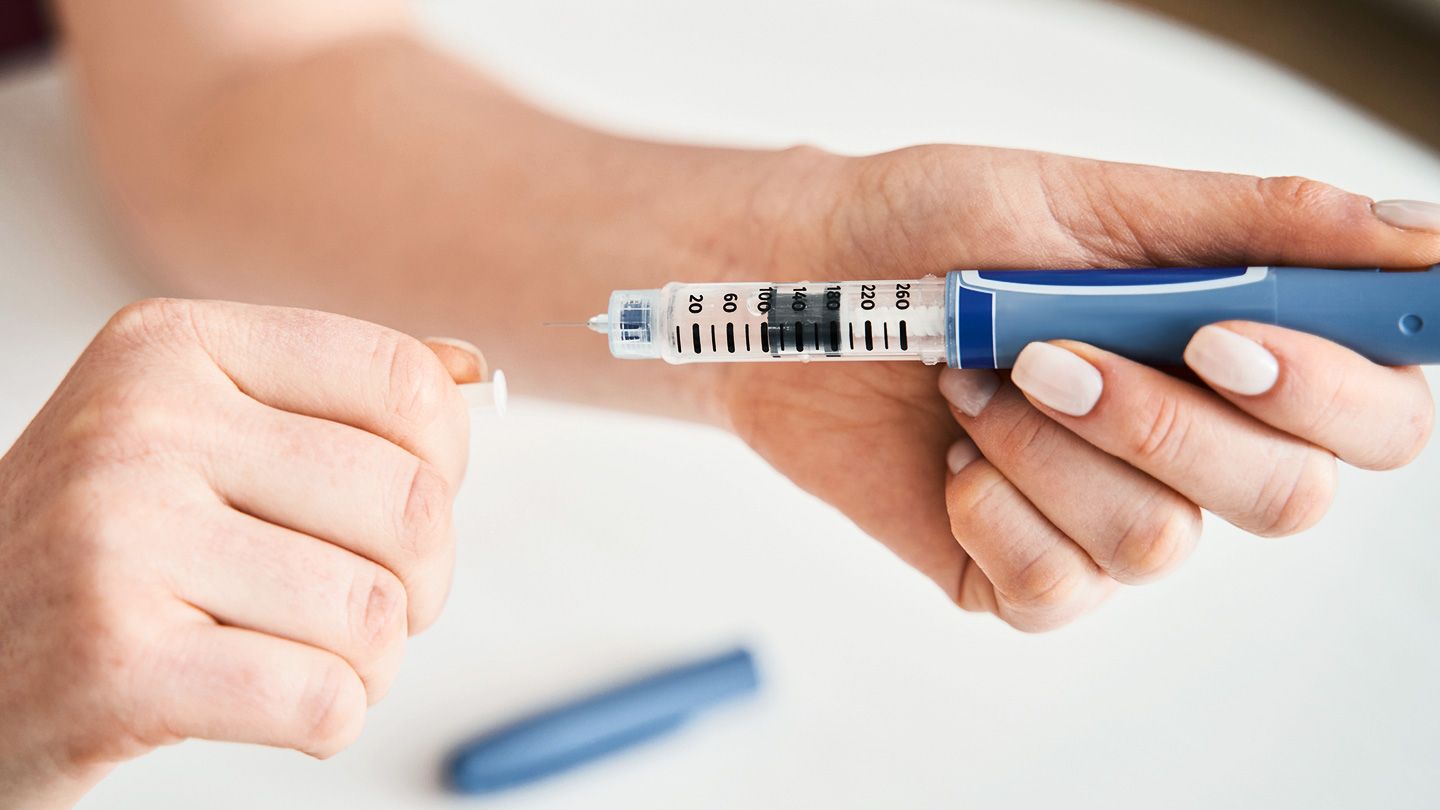
Nemaline Myopathy (NM) is a rare neuromuscular disorder characterized by muscle weakness of varying severity. It is named after nemaline bodies (rod-like structures seen in muscle biopsies under a microscope), which are a hallmark of the condition. NM primarily affects skeletal muscles involved in movement, but can also impact breathing and swallowing muscles in severe cases.
It is a genetically heterogeneous disorder, meaning it can be caused by mutations in multiple genes, most commonly those associated with the structure and function of thin filaments in muscle fibers.
Types of Nemaline Myopathy
Nemaline Myopathy is classified based on the age of onset and clinical presentation:
-
Severe congenital NM – Symptoms at birth or in utero; severe hypotonia, feeding difficulties, and respiratory weakness. Often fatal in early infancy.
-
Intermediate congenital NM – Presents in infancy with delayed motor milestones; may walk later or remain wheelchair-bound.
-
Typical congenital NM – Most common form. Presents in infancy or early childhood with mild to moderate weakness.
-
Childhood-onset NM – Symptoms begin after early childhood; often involves slowly progressive weakness.
-
Adult-onset NM – Rare; typically milder and slowly progressive. May be misdiagnosed as other myopathies.
Causes and Genetics
Nemaline Myopathy is inherited in either an autosomal dominant or autosomal recessive manner, depending on the gene involved. Mutations disrupt proteins that are part of the sarcomere, the basic unit of muscle contraction.
Commonly Mutated Genes:
-
ACTA1 (alpha-actin-1)
-
NEB (nebulin)
-
TPM2 and TPM3 (tropomyosins)
-
TNNT1 (troponin T1)
-
CFL2 (cofilin 2)
-
KLHL40, KLHL41, LMOD3
Note: Mutations in NEB and ACTA1 account for the majority of NM cases.
Symptoms
The presentation and severity of symptoms can vary widely:
-
Muscle weakness (especially in the face, neck, arms, and legs)
-
Hypotonia (floppy muscles) at birth
-
Difficulty feeding and swallowing
-
Respiratory problems (may require ventilator support)
-
Delayed motor development
-
Speech and facial muscle involvement
-
Skeletal deformities (e.g., scoliosis, joint contractures)
-
Normal intelligence
Diagnosis
Diagnosis is made through a combination of:
-
Clinical evaluation (symptoms and history)
-
Muscle biopsy showing nemaline rods
-
Electromyography (EMG) – to rule out other myopathies
-
Genetic testing – confirms the specific mutation
-
MRI – sometimes used to assess muscle involvement
Treatment and Management
There is currently no cure for Nemaline Myopathy. Treatment focuses on symptom management and supportive care:
-
Physical therapy to maintain strength and flexibility
-
Respiratory support – CPAP/BiPAP or ventilators if needed
-
Nutritional support – feeding tubes in severe cases
-
Speech therapy for those with oral-motor issues
-
Orthopedic support – to address skeletal deformities
-
Regular monitoring by a multidisciplinary team
Experimental therapies, including gene therapy and muscle-strengthening drugs, are under investigation.
Prognosis
-
Severe forms may be fatal in infancy due to respiratory failure.
-
Milder forms may allow near-normal life expectancy, though with varying degrees of disability.
-
Early intervention and supportive care significantly improve quality of life and functional outcomes.
Living with Nemaline Myopathy
Families and patients often benefit from:
-
Support groups and communities (e.g., Muscular Dystrophy Association, NEM Foundation)
-
Genetic counseling
-
Customized care plans tailored to each patient’s progression
Recent Research and Developments
-
Gene identification and therapy: Ongoing studies are improving understanding of mutations and potential corrective therapies.
-
KLHL40-related NM has been shown to benefit from early diagnosis and intervention.
-
CRISPR-based therapies and molecular chaperones are areas of active research.
Helpful Resources and References
-
Genetics Home Reference – Nemaline Myopathy
https://medlineplus.gov/genetics/condition/nemaline-myopathy/ -
National Organization for Rare Disorders (NORD)
https://rarediseases.org/rare-diseases/nemaline-myopathy/ -
Muscular Dystrophy Association (MDA)
https://www.mda.org/disease/nemaline-myopathy -
GeneReviews – Nemaline Myopathy (Medical professional reference)
https://www.ncbi.nlm.nih.gov/books/NBK1239/ -
Nemaline Myopathy Foundation (Support & Advocacy)
https://nemaline.org
Conclusion
Nemaline Myopathy is a complex and rare condition that affects individuals differently based on genetic cause and onset. While it poses significant challenges, especially in its severe forms, advancements in diagnosis, genetic understanding, and supportive care offer hope for improved outcomes. Continued research is essential for developing effective therapies and enhancing quality of life for those affected.





